In the excitement of adopting a new cat, it can be easy to forget some of the essentials. There are several things that go into creating a truly enriching environment for her, and it’ll make her feel more comfortable if they’re waiting for her when you bring her home.
And congrats! You’re in for a wild and lovely ride.
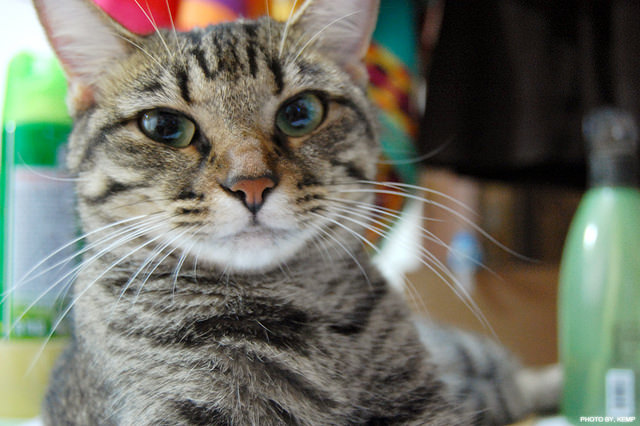
Image Source: anaa yoo via Flickr.com
Litter Box
The litter box will probably be one of the most obvious things you’ll pick up before you bring your new cat home, but not all litter boxes are created equal. If you’re adopting more than one cat at once, of if your home already has other animals or rowdy children, it’ll be best to get a litter box that isn’t covered. Even though it can be nice for us to have a covered box in the house, a cat can feel vulnerable if she can’t see who’s lurking outside waiting to attack. If you must use a covered box, consider one with a clear lid.
The other factor to consider is the size of the box. It should be large enough for her to comfortably turn around and scratch. A cat who is comfortable in her litter box is far more likely to use it instead of creating her own “litter box” elsewhere (i.e. behind the couch). An appropriate sized box will also help minimize the amount of litter that is kicked out and prevent the occasional over-the-side-of-the-box accident.
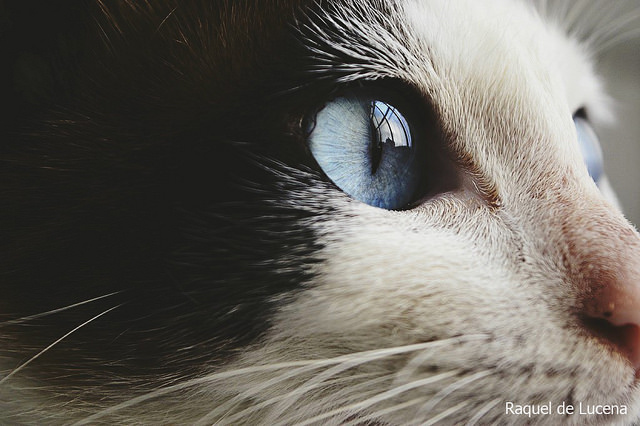
Image Source: Raquel de Lucena via Flickr.com
Litter
Standing in the litter aisle at the store can be overwhelming for a new cat parent. Clay, pine, newspaper pellets, crystals, clumping, non-clumping, lightweight, scented, unscented — what’s the difference?! Even as a seasoned cat-having veteran, I often wonder how there can possibly be so many choices.
Initially, choose the type of litter that best suits your lifestyle.
- If you tend to be sensitive to perfumey smells, you’ll probably want to choose an unscented version. The scent of litter travels far, even if the box is tucked away in a back room.
- Do you plan to flush what you scoop? There are only a few types that are safe for your septic system. Read the labels to determine your best options.
- Do you want to scoop every day and do a full litter change once a month? Choose a clumping litter. If you’d rather do a full litter change once per week you can choose a non-clumping one.
- The lightweight litters function the same as the standard litters, but are nice if you’ll be walking with it or carrying it up a few flights of stairs.
Of course, at the end of the day, your cat will be the one who will either accept or reject what you choose. Many cats are very flexible and will use whatever you bring home. Some cats, however, are stubbornly stuck in their ways and will only use whatever they have used in the past (in a previous home, at the shelter, etc.).
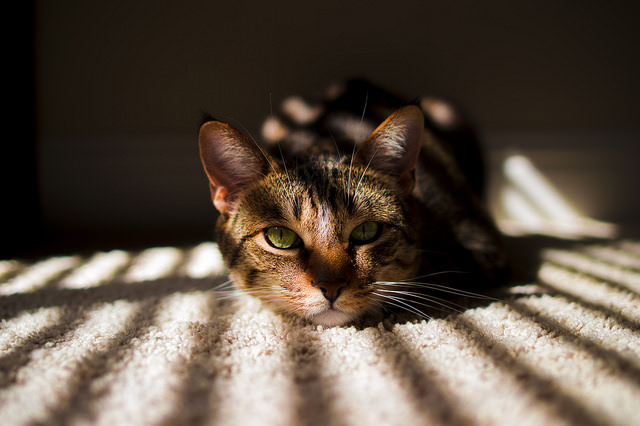
Image Source: David Crandall via Flickr.com
Bowls
A lot of new cat adopters buy food and water bowls that are attached. It can be convenient to have just one dish. Unfortunately, in this case, what’s convenient for you isn’t what’s best for your cat. Cats actually prefer to have their water bowl far away from their food dish because of the risk of cross contamination. Cats will avoid drinking water if they sense food bits in it, and dehydration can cause serious health issues. Instead, spring for two separate bowls and place the water dish on the opposite side of the room or in another room altogether.
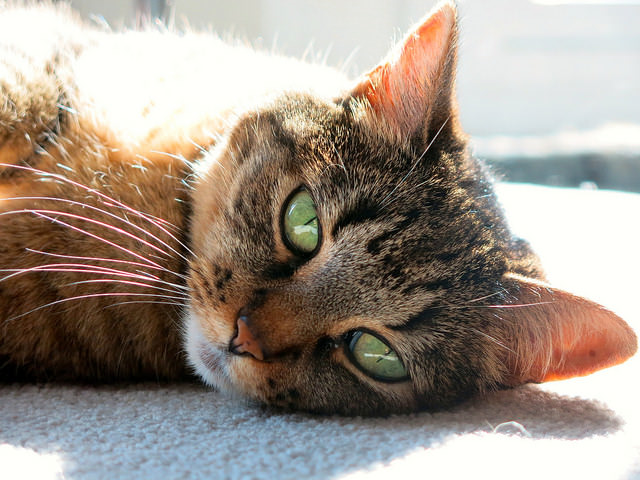
Image Source: torbakhopper via Flickr.com
Food
Choose a high-quality food with a minimal amount of by-products, additives, and artificial colors. Most veterinarians agree that it’s healthiest to feed your cat at least some wet food — either a full wet food diet, or a combination of wet and dry food. A diet that incorporates wet food is important because a dry-food-only diet is very high in carbohydrates and very low in moisture content. High-carb diets can be contributing factors to obesity and feline diabetes. Low-moisture diets cab contribute to the many health issues related to dehydration.
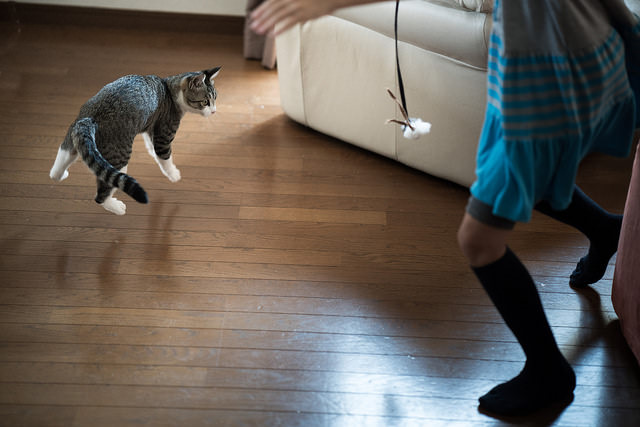
Image Source: Big Ben in Japan via Flickr.com
Toys
Some people think of toys as being a silly and optional, but they are actually a large part of creating stimulating home. Cats are natural hunters, and encouraging their prey instincts is essential to keeping their bodies and minds healthy and active. There are a lot of toys on the market, for both solo and interactive play. There are also some great battery-operated interactive toys that will keep your cat pouncing when you aren’t home to use the wand toy or laser pointer.
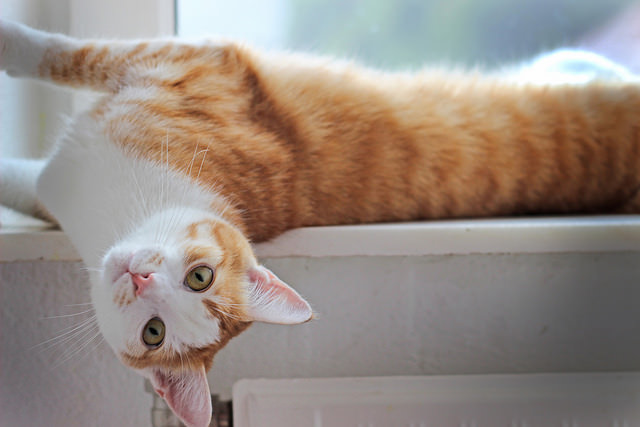
Image Source: dawnmeow via Flickr.com
Scratching Posts
Scratching posts will help dissuade your cat from scratching up your new couch, but they also help keep her healthy. A good scratching post will help her shed the loose layers from her claws as well as give her a good place to flex and stretch.
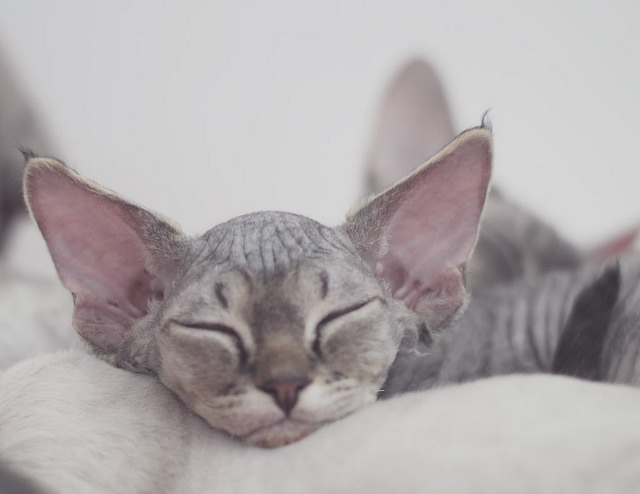
Image Source: Marti via Flickr.com
Vertical Space
Cats instinctually like to perch up high. This instinct has been inherited from their wildcat ancestors who used tree branches to scope out their surroundings. Perching high was a way to keep an eye on prey while avoiding becoming prey themselves. Your cat will have this instinct even though your home is safe and void of predators. Before you bring her home, make sure to have some vertical space such as a cat tree, window perch, or a clear shelf on your bookcase.

Image Source: GillyBerlin via Flickr.com
Important Phone Numbers
An important part of being a good cat parent is knowing who to contact in the case of an emergency. In addition to keeping your veterinarian’s phone number handy, find and save the number of your local 24-hour emergency pet clinic. It’s also wise to keep a ASPCA’s Poison Control Hotline number– (888) 426-4435— on hand too in case your cat gnaws on a toxic houseplant or ingests your body lotion.
